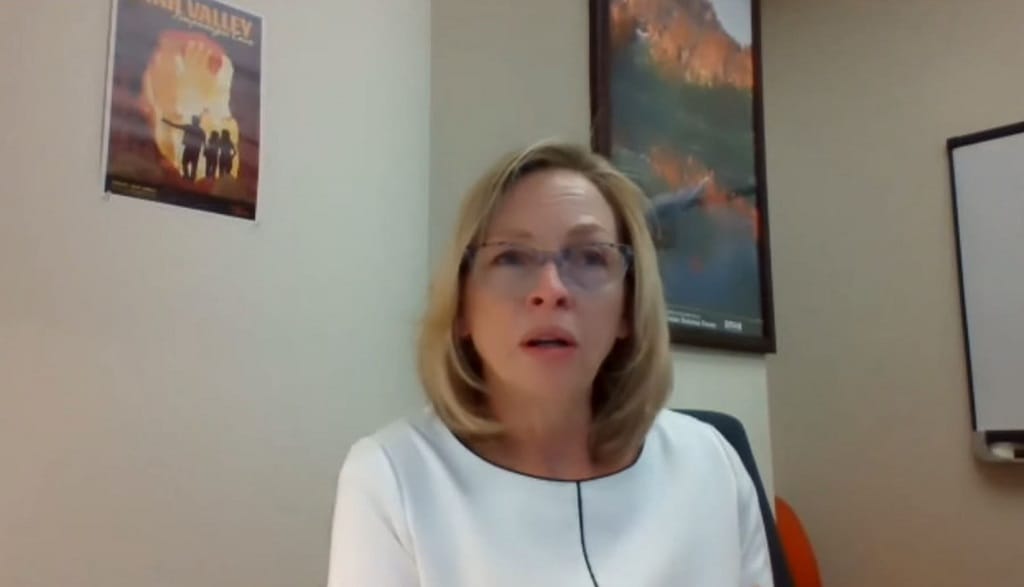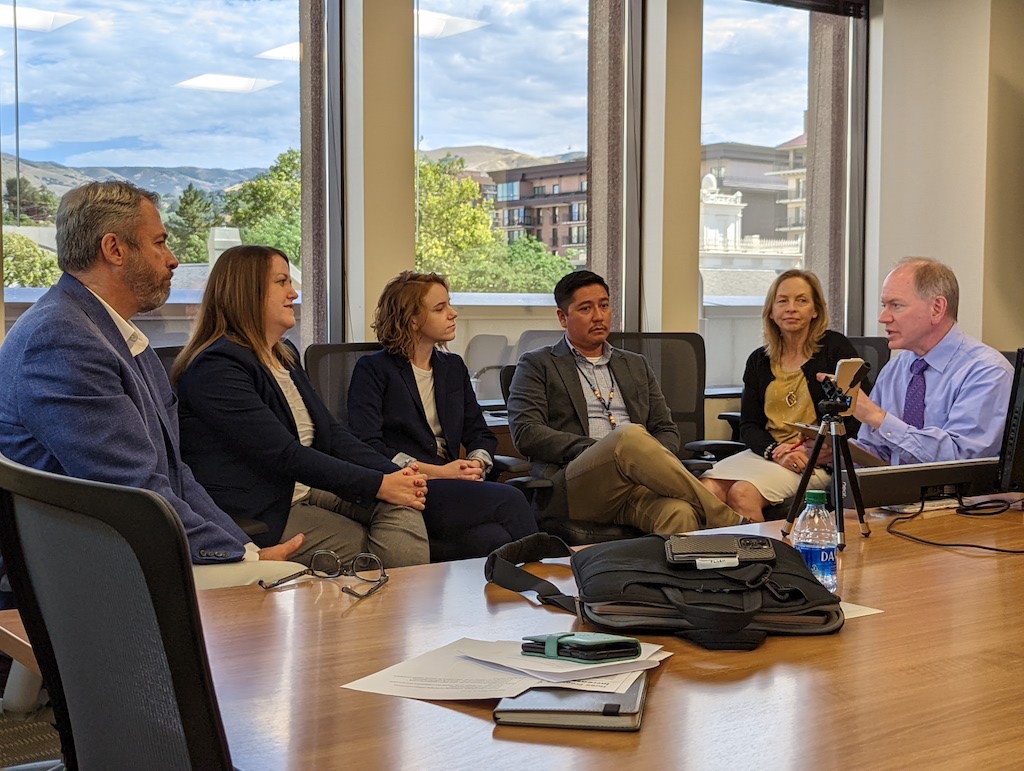Utah’s Broadband Maps Are Ready for Federal Funding, Broadband Director Says
‘The efforts that have been done in the past have been a great foundation.’
Teralyn Whipple

SALT LAKE CITY, July 13, 2022 – Utah’s work on its own broadband availability maps means it is prepared for billions in federal funds coming from the Infrastructure, Investment and Jobs Act, said the state’s broadband director at a Broadband Breakfast Live Online event Wednesday.

“The efforts that have been done in the past have been a great foundation,” said Rebecca Dilg, director of the Utah Broadband Center, the state’s broadband office.
Utah’s decade-old broadband availability maps are updated every six months and Dilg said they provide a foundation for upcoming money from the Broadband Equity, Access and Deployment program, the $42.5-billion initiative from the National Telecommunications and Information Administration.
Utah counties work with the state broadband office to continually update a layer on the map that shows individual addresses, added Kelleigh Cole, director of strategic initiatives at the Utah Education Network, a state research network. This layer allows the broadband office to see whether broadband access extends to specific addresses.
Mapping data, said Dilg, prepares the state broadband office to address “doughnut holes” where urban centers receive high-speed coverage, but surrounding areas do not. The BEAD program requires that unserved residents are served first, but Utah’s broadband office is optimistic that the funds will reach into underserved areas, including cities where antiquated technology, like digital subscriber lines, are primarily used.
The Federal Communications Commission assured that its nationwide broadband coverage maps will be available by the fall. The Broadband Data Collection portal on the FCC website is currently open for internet providers and governments to submit coverage data.
Utah is home to the second largest city in the country fully connected to fiber, West Valley City, which is also the largest U.S. city connected via an open access network.

Screenshot of Rebecca Dilg, director of the Utah Broadband Center.









Member discussion